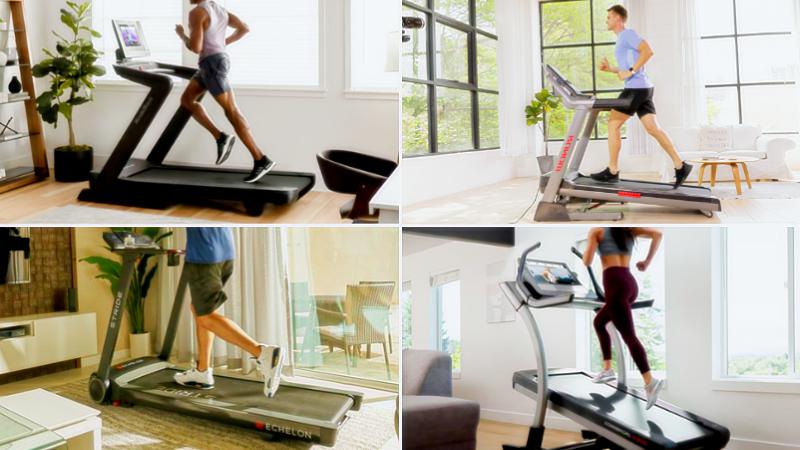The technique used in rowing is pretty simple. However, doing it incorrectly can cause injury. So, it’s crucial to learn the proper way to row for it to be an effective and safe cardio exercise.
Setting Up Your Rowing Machine
Here are general steps to help you set up a typical rowing machine:
- Set the Resistance Level: Start by ensuring that your damper or resistance level is set properly. Most air rowers have a damper setting of 1 to 10. Conversely, most magnetic rowers have a resistance level of 1 to 16. Beginners should aim for a lower resistance level of about 1 to 4.
- Set Your Feet Properly: Adjust your footbed correctly so that the straps go right over the ball of your feet. Pull the straps tight to firmly secure your feet and prevent them from moving sideways.
- Create an Overhand Grip: Now you are ready to create an overhand grip on the handle of your indoor rower. Make sure you are holding the handle evenly and not with a death grip. Hold it nice and easily and ensure your thumbs are loose. You will only be pulling back with your fingertips.
Correct Rowing Technique
The rowing stroke has two parts: the drive and the recovery. The drive is when you use power. Recovery is the opposite of the drive. It’s a rest period in the stroke that prepares your body for the next drive. Watch this video to master the proper rowing technique.
Types of Rowing Machine Workouts
Rowing machine workouts offer a versatile and effective way to improve cardiovascular fitness, build strength, and enhance overall endurance. Here are various forms of rowing machine workouts:
Interval Training
This is one of the most effective rowing workouts you can perform. It involves alternating between sessions of high-intensity and low-intensity workouts or rest.
Start interval training with a warm-up low-intensity session of 2 to 5 minutes of rowing. Afterwards, you must switch between sprinting, slow row, active recovery, or rest. Research states that alternating between high and low-intensity workouts can help burn more calories. It’s also an efficient way to boost cardiovascular endurance and strength.
Steady State Rowing
This cardio workout involves a continuous rowing period and emphasizes a consistent stroke rate and intensity for a set time. The time can range from 20 to 30 minutes, depending on your fitness level. We recommend maintaining a good breathing rhythm and proper form.
The rowing stroke for a steady-state workout can range from 20 to 24 strokes per minute. However, the speed of the exercise depends on the amount of power you apply and your stroke length. Similarly, your intensity should not exceed your maximum heart rate.
Tabata Rowing
Tabata is a specific rowing technique of high-intensity interval training (HIIT). It’s an effective total-body workout that can quickly improve cardiovascular health. In addition to burning calories and improving cardiovascular health, Tabata is also great for building strength.
This high-intensity rowing workout consists of 20 seconds of maximum effort cardio followed by a 10-second recovery. Then, you repeat these 30-second intervals eight times. Adding this HIIT exercise to the end of a steady state row or a short warm-up will take only 4 minutes, but it’s a great form of cardio for strength training and boosting heart health.
Pyramid Rowing
Pyramid rowing is one of the best cardio exercises for muscular endurance and strength. All the elements (the intensity, stroke rate, distance) of this workout increase gradually or step-by-step. The total-body workout hits all rep ranges, intervals, and rest. The trick here is to manage your rowing sets to maximise recovery.









